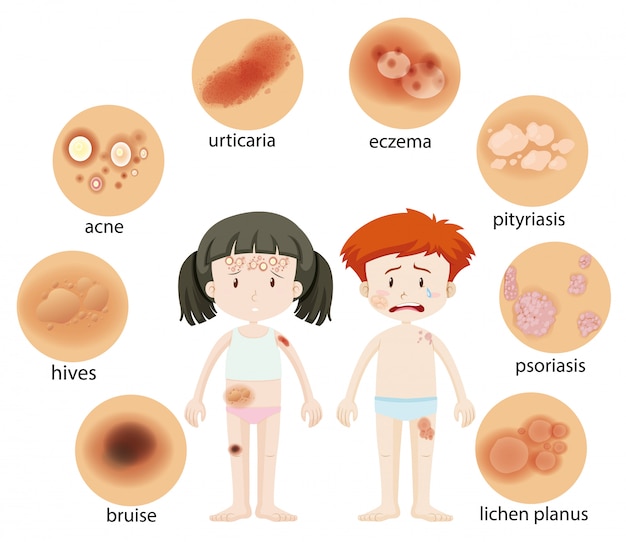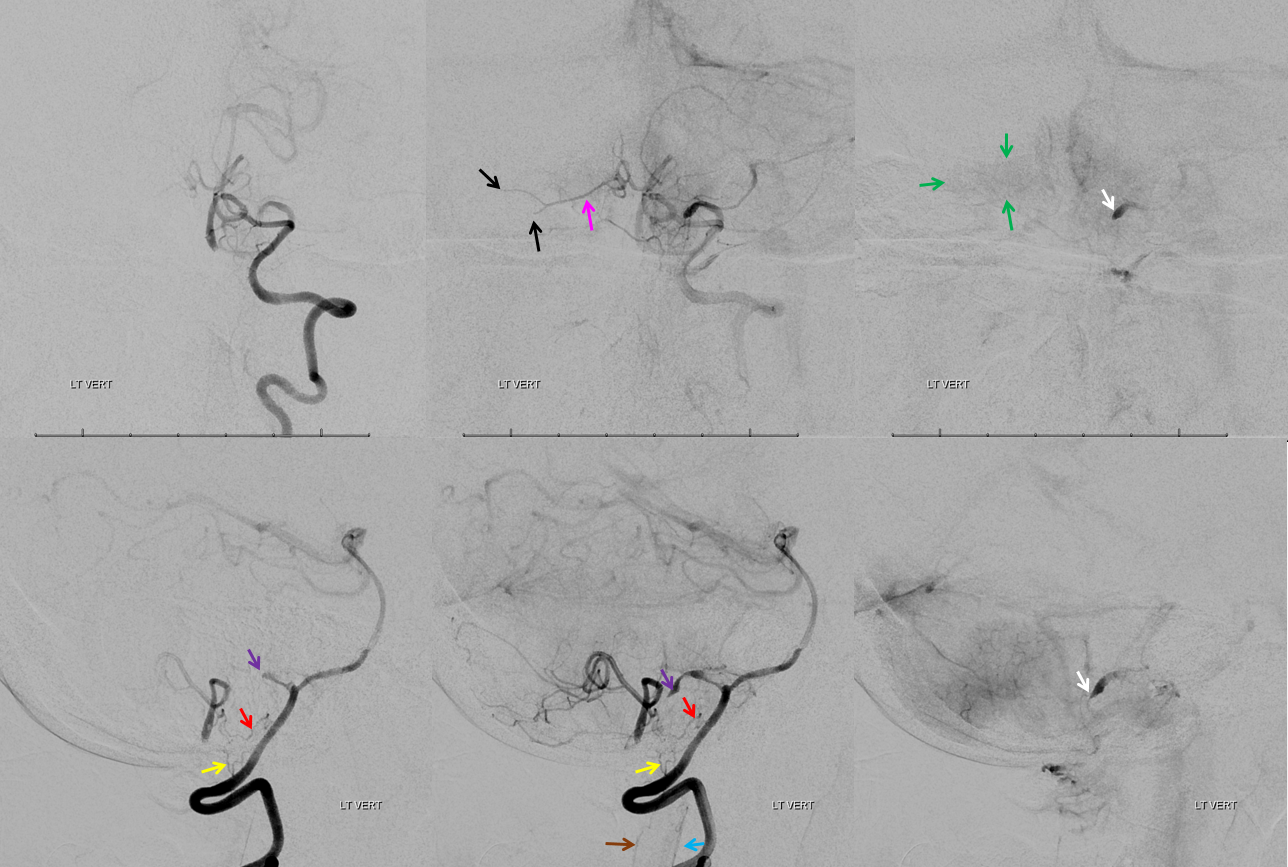

The photo is widely circulated through Wikipedia. The stomach contents of the patient, who reportedly died during emergency surgery, included nails, screws, spoons and other objects. In fact, the American Academy of Pediatrics credits the name pica - a Latin word for a type of bird who ate everything - all the way back to medieval times.Īn exhibit on pica at the Glore Psychiatric Museum in Missouri shows a chilling circular display of 1,446 metal objects, surgically removed from a patient with the condition in 1929. It appears pica may have existed long before it received official recognition from the psychological establishment. When large enough, a bezoar can cause serious health problems. Pica can lead to malnutrition, infection, intestinal obstruction, lead poisoning and even a “bezoar” - a mass of indigestible material trapped inside the stomach and gastrointestinal tract. Pregnancy, where cravings for odd food combinations are already customary, is the second most common pairing with pica, behind iron deficiency and/or anemia, which together comprise the first. Pica often occurs in conjunction with another illness or condition. Instead of fawning over the nursery, her swelling sense of disillusionment leads to strange and dangerous eating behaviors. Hunter is disconnected from her pregnancy, often staring at the ceiling in moments of dissociation. Shortly after consuming a marble and then the tack, she moves on to batteries, book pages, dirt and various other nonfood items. She sets up a small shrine of the emergent pieces and organizes them thoughtfully on her vanity. Dignified and with grace, she sorts the trophies from her excrement. After the objects she consumes move through her, Hunter collects them.

Hunter’s days are spent puttering around and decorating the house, engaging in small, subconscious attempts to regain control. Sometimes, as the film depicts, internal attempts to regulate difficult emotions can manifest in unexpected ways. Surprisingly, it’s one of the ways of finding balance and returning to homeostasis. She is overcome she laughs through tears.Īccording to a study published in Psychological Science in 2014, Hunter’s reaction of laugh-crying simultaneously is an incongruous emotional response, also known as a dimorphous behavior. When she cleans and vacuums the rug, she’s color-coordinated in a beige dress and brown heels.Īnd while vacuuming, she finds and eats the tack. She should be grateful.įrom her neat appearance to her meticulous tidying, Hunter embodies a woman in living in the sphere of feminine domesticity. More than once, her mother-in-law discreetly reminds her of how lucky she is to be a wife.

Yet, Hunter is always trying to shrink to fit the expectations of her husband and his family. The world Hunter married into, though set in present-day, is actually more reminiscent of the classic post-war American dream. Their spacious home is filled with the finer things: stylish, mid-century modern furniture and expansive natural light from tall, floor-to-ceiling windows.Īs a trust-fund businessman and a newly-pregnant homemaker, the couple receives the privileged benefits of generational wealth. In the 94-minute film, Hunter lives with her husband Richie.


 0 kommentar(er)
0 kommentar(er)
